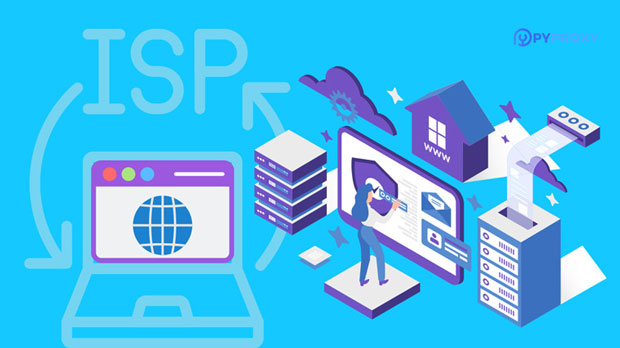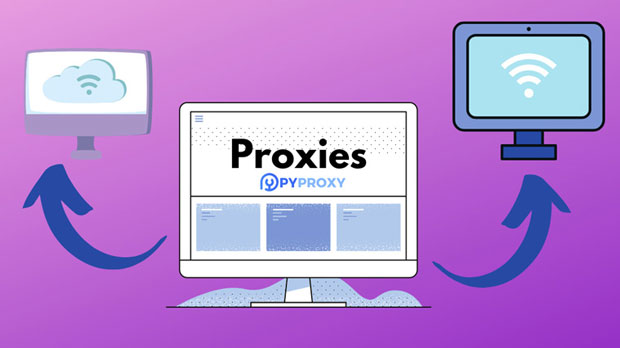Unblocked proxy services have emerged as a popular tool for internet users seeking unrestricted access to online content, including video streaming platforms. These proxies allow users to bypass geographical restrictions, censorship, and content filtering systems imposed by various platforms and governments. By using unblocked proxies, individuals can enjoy seamless access to videos that might otherwise be unavailable in certain regions. This article explores the effects of unblocked proxies on online video streaming, highlighting their benefits, challenges, and practical applications. Understanding Unblocked Proxy and Its Role in Video StreamingA proxy server acts as an intermediary between a user’s device and the internet, masking the user’s IP address and potentially altering their location. Unblocked proxies specifically allow users to circumvent region-based restrictions or censorship barriers that prevent access to certain video streaming services. These proxies enable users to appear as though they are browsing from a different country, granting them access to content that might be unavailable in their geographical area.For online video streaming services, geographic restrictions are commonly implemented due to licensing agreements, copyright issues, or government regulations. By using unblocked proxies, viewers can overcome these barriers, accessing a broader range of content from different parts of the world. This ability enhances the overall user experience by offering more diverse and unrestricted viewing options.The Advantages of Using Unblocked Proxies for Video Streaming1. Access to Geo-Restricted ContentOne of the most significant benefits of using unblocked proxies in online video streaming is the ability to bypass geo-restrictions. Many streaming services, such as Netflix, Hulu, and BBC iPlayer, restrict access to specific content based on the user’s location. With an unblocked proxy, users can alter their virtual location, gaining access to content that is otherwise restricted or unavailable in their region. This provides an enhanced viewing experience, enabling users to enjoy global content from various platforms.2. Improved Streaming Speed and ReliabilityIn some cases, using an unblocked proxy can lead to faster streaming speeds, particularly when a user’s internet connection is throttled by their internet service provider (ISP). ISPs often limit the bandwidth available for video streaming to reduce network congestion or manage traffic. By using a proxy, the user’s data traffic may be routed through different servers, potentially avoiding throttling and resulting in smoother and faster video playback.3. Enhanced Privacy and SecurityUnblocked proxies can also provide enhanced privacy and security for users who are concerned about their online footprint. When using a proxy, users’ IP addresses are masked, making it more difficult for websites and streaming platforms to track their online activities. This added layer of privacy is especially beneficial for users who are concerned about data privacy or wish to remain anonymous while streaming content.4. Bypassing Censorship and Content FilteringIn countries or regions where online censorship is prevalent, unblocked proxies can be a vital tool for accessing blocked video streaming services. Many governments impose restrictions on the internet to limit access to specific websites or content. By using an unblocked proxy, users can bypass these restrictions, gaining access to uncensored content from international video platforms. This is particularly important for users living in countries with strict internet regulations.The Challenges of Using Unblocked Proxies for Video Streaming1. Legal and Ethical ConcernsWhile unblocked proxies provide significant advantages, their use may come with legal and ethical challenges. Bypassing geo-restrictions and accessing content from other countries can violate the terms of service of streaming platforms. Additionally, some countries may have laws prohibiting the use of proxies to access restricted content, leading to potential legal consequences for users. It’s important for users to consider the legal implications of using unblocked proxies in their region.2. Impact on Video QualityAlthough unblocked proxies can improve access to video content, they can sometimes affect the quality of the streaming experience. Proxies route data through intermediate servers, which may lead to slower connections or reduced video resolution. This can result in buffering, lower video quality, or lag during playback, particularly if the proxy server is located far from the user’s physical location. To mitigate this issue, users should select high-quality proxies with fast servers.3. Potential Security RisksUsing unblocked proxies, especially free or unreliable ones, can expose users to security risks. Some proxies may not provide sufficient encryption, leaving users vulnerable to hacking, data theft, or surveillance. Additionally, free proxies may log users' browsing activity, which could compromise their privacy. Users should be cautious when selecting proxy services, opting for reputable providers that prioritize security and data protection.4. Incompatibility with Streaming ServicesCertain streaming platforms have become adept at detecting and blocking proxy usage. They employ advanced techniques such as IP address blocking, DNS filtering, and deep packet inspection to identify and restrict proxy traffic. As a result, users may encounter difficulties accessing content through unblocked proxies, especially with popular platforms like Netflix, Hulu, or YouTube. This can lead to frustration and a diminished streaming experience for users relying on proxies.Best Practices for Using Unblocked Proxies in Video Streaming1. Choose a Reliable Proxy ServiceTo ensure a smooth and secure streaming experience, it’s crucial to select a reliable and trustworthy proxy service. Paid proxies generally offer better performance, faster speeds, and more robust security than free alternatives. When selecting a proxy service, users should look for features such as high-speed servers, strong encryption, and customer support to ensure optimal service.2. Test the Proxy for PerformanceBefore committing to a proxy service, users should test the proxy’s performance to ensure it can handle video streaming without buffering or lag. Many proxy providers offer trial periods or money-back guarantees, allowing users to test the service before making a long-term commitment. Running speed tests and checking the proxy’s compatibility with specific streaming platforms can help identify potential issues.3. Consider Using a VPN InsteadIn some cases, a virtual private network (VPN) may be a better alternative to using unblocked proxies for video streaming. VPNs offer similar benefits, such as bypassing geo-restrictions and improving privacy, while often providing better security and encryption. VPNs are also more effective at avoiding detection by streaming platforms, making them a more reliable choice for users seeking uninterrupted access to video content.ConclusionUnblocked proxies play a significant role in enhancing the online video streaming experience by providing access to geo-restricted content, improving privacy, and bypassing censorship. However, users should be aware of the potential challenges, including legal concerns, impact on video quality, and security risks. By choosing a reliable proxy service and considering alternative solutions like VPNs, users can optimize their streaming experience while ensuring their privacy and security. Ultimately, unblocked proxies can offer considerable benefits, but they should be used with caution and awareness of their limitations.
Jun 23, 2025


































































